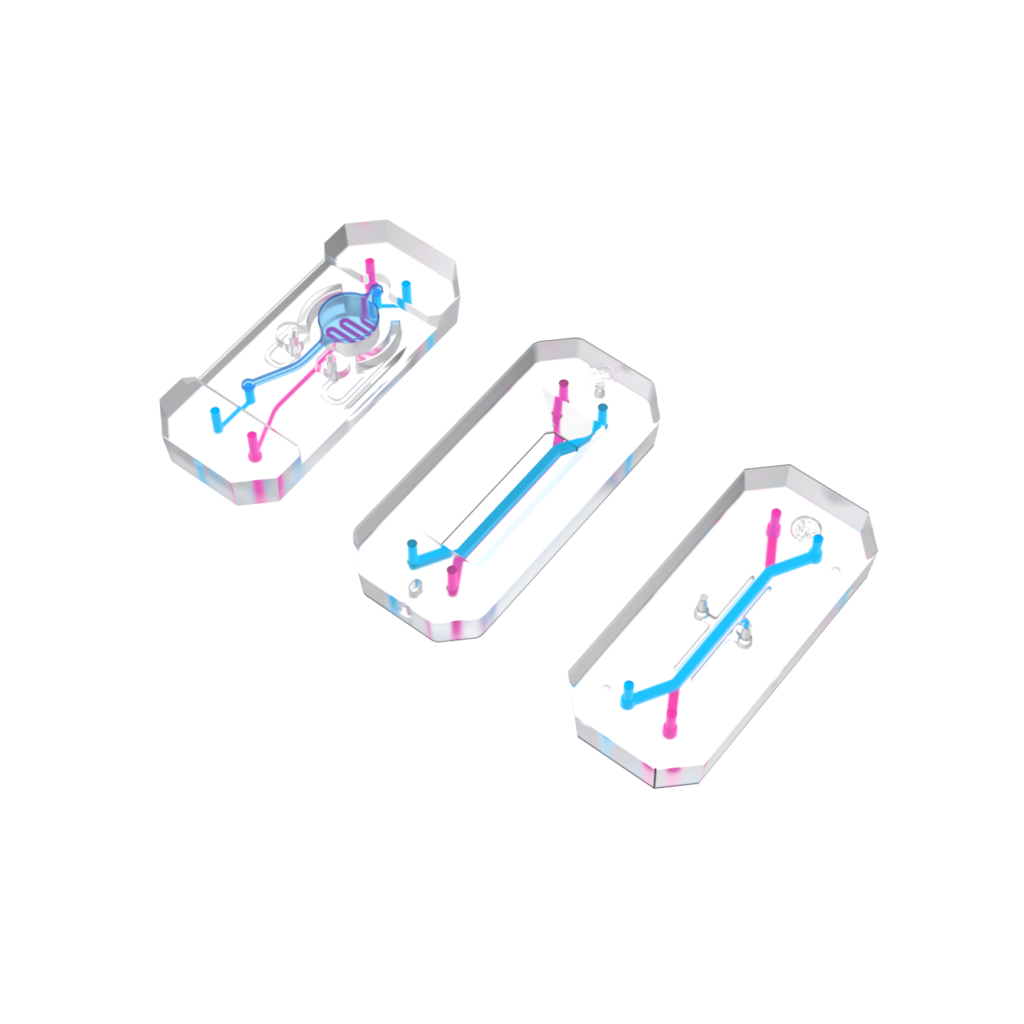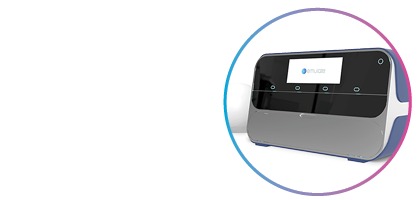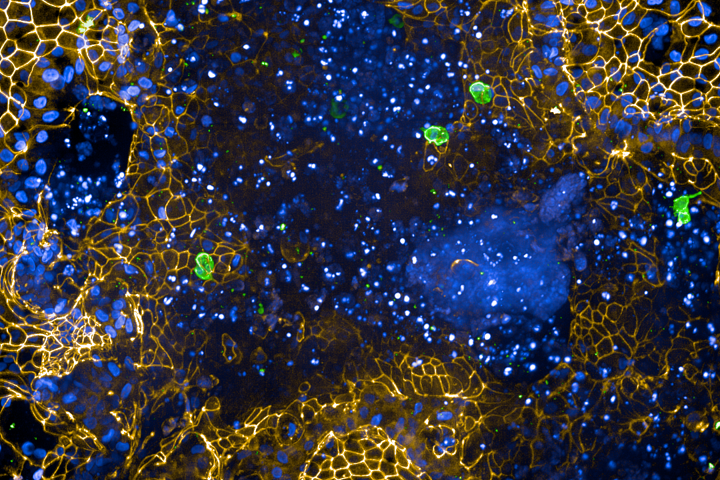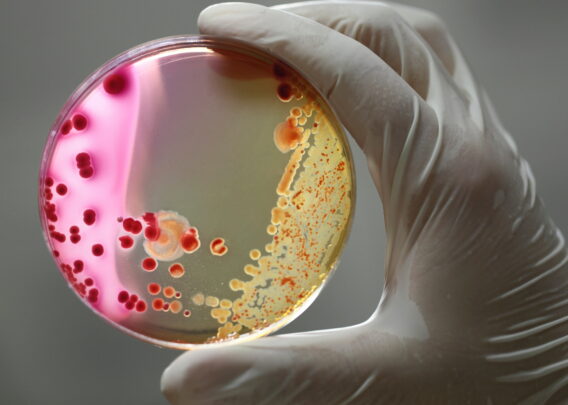Once thought improbable, in vitro human models are demonstrating technological prowess in a growing range of applications
By MaryAnn Labant
Adapted with permission from the April 2025 edition of Genetic Engineering & Biotechnology News
For decades, animal models have been the gold standard for preclinical testing of potential
drugs. Yet, even the best animal models are not perfect. For example, small rodent species with engrafted human immune systems and edited genes will still never be completely human. To address this shortcoming, 3D cell culture enthusiasts are tackling the challenge by developing robust in vitro human models.
Organoids, microphysiological systems (MPS), and organ-on-a-chip (OOC) devices continue to make steady progress and proceed down the path to technology maturity. Innovative developers are refining and validating their offerings to fit particular testing questions, such as drug-induced liver injury (DILI).
Although these in vitro models will also not substitute totally for their in vivo counterparts, the benefits over non-human models are clear. The FDA Modernization Act 2.0 and the proposed FDA Modernization Act 3.0 support the use of alternative methodologies in regulatory submissions. Current limitations of in vitro human models do not take away from their ethical reduction of animal use nor their potential to provide more realistic in vitro human responses in preclinical testing.
As in any emerging technology, more work remains to be done, and developers are responding positively. And virtually everyone agrees that standardization of nomenclature and characterization to ensure consistent and reproducible results can only facilitate the greater acceptance of these models into regulatory guidance.
Open Platforms
“Our microfluidic system is an open platform that enables users to incorporate virtually any type of cell within our portfolio of Organ-Chip consumables,” said Lorna Ewart, PhD, CSO at Emulate. “Each consumable type has the same footprint. This compatibility gives the platform an incredible amount of flexibility in the types of biology that can be modeled.”
The initial Emulate Organ-Chip design—the Chip-S1® Stretchable Chip— is composed of PDMS, a transparent and gas-permeable viscoelastic polymer material that is well suited for modeling the in vivo microenvironment. Notably, Emulate was the winner of the 2024 Science Lush prize for work on their human Liver-Chip, built on the Chip-S1, for predicting DILI in preclinical toxicology.
But in some instances, PDMS can absorb lipophilic drugs, potentially leading to inaccurate compound dosing and thus misrepresentation of safety or efficacy. This prompted the development of the Chip-R1™ Rigid Chip, which is made from minimally drug-absorbent plastic, especially amenable for ADME, toxicology, and efficacy studies. The smaller height of the bottom channel enhances the flow rate and shear stress for endothelial cells, expanding applications to vascular biology along with immune cell recruitment.
A third offering, the Chip-A1™ Accessible Chip, has a lid to access a culture chamber that can accommodate ECM gel scaffolds up to 3 millimeters thick. This attribute enables the incorporation of stromal layers to create stratified epithelial tissue for exploring more complex biology, including tumor microenvironments, skin, and lung models. “The lid opens to expose cells to an aerosol or to directly apply a drug,” said Ewart.
Organoids complement the technology.
“When you combine organoids, for example, with the microfluidics and the stretch in the intestine models, you see greater in vivo relevance looking at gene expression profiles compared to organoids alone,” discussed Ewart.
Cells are polarized correctly, and functional transporters are expressed on the correct membranes at physiological levels. SEM demonstrates microvilli formation on mature, healthy, functional cells.
An Emulate partner at the Pasteur Institute showed that stretch was required to study Shigella infection. ”The biological pathway to infect the cells becomes active in the Organ-Chip environment under stretch,” explained Ewart. “This is yet another demonstration that our robust platform has value.”

Organ-Chip models from Emulate combine human cell sourcing, an organ-specific microenvironment, and tissue-relevant mechanical forces. From left to right, Chip-A1™ Accessible Chip, which has a lid to access a culture chamber, Chip-R1™ Rigid Chip, which is made from minimally drug absorbent plastic, and Chip-S1® Stretchable Chip.




